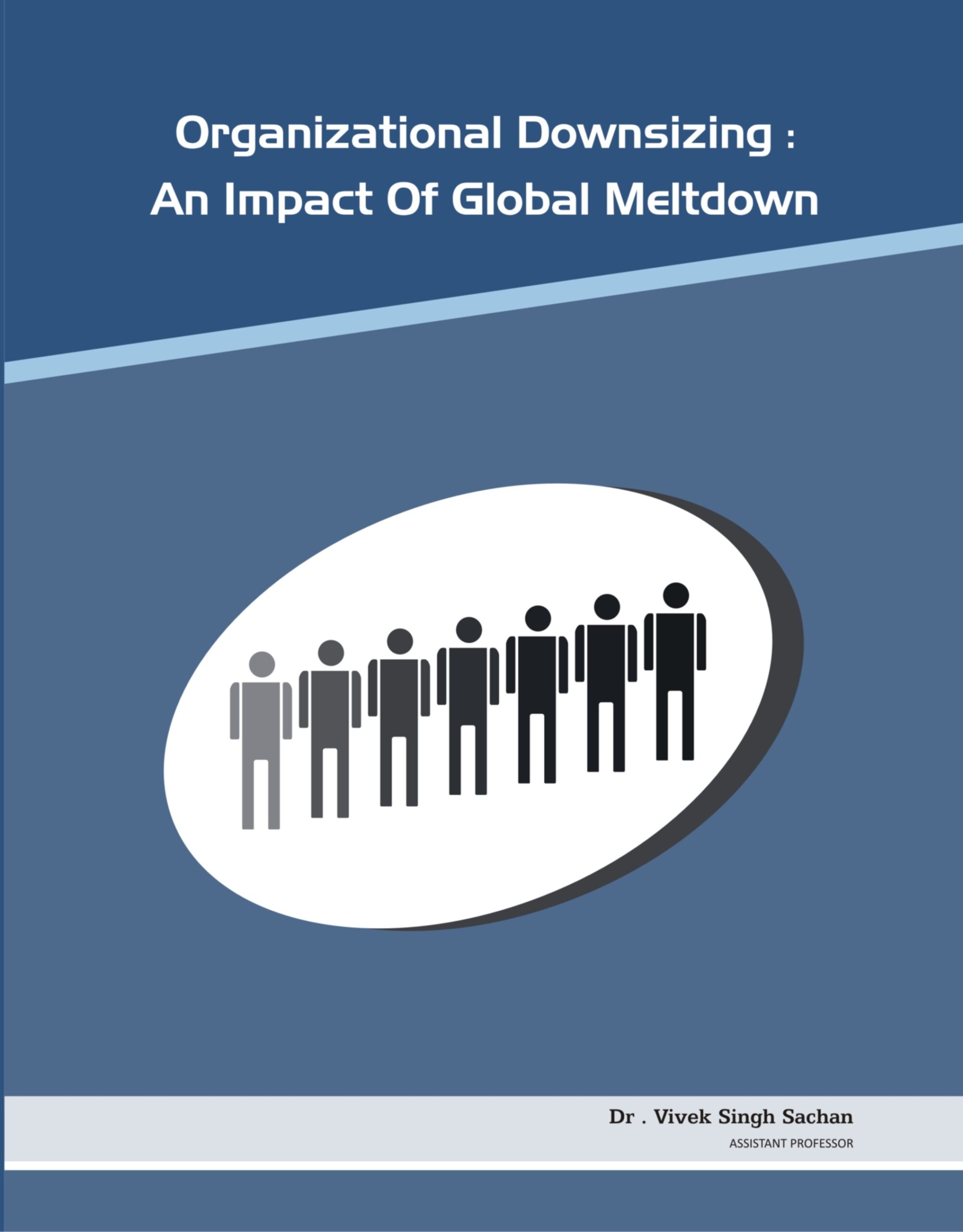The inexorable and worldwide tide of deregulation and privatization of markets has resulted in cut – throat competition, coupled with pressure for improvement in cost, quality, cycle time, and performance. The global competition in industries has created new pressure for efficiency. Firms are now required to transcend local standards and attain global standards that are relatively stringent.
This uncertain economic climate and an emerging global market place, over the past two decades, have caused organizations to re-evaluate how they function and to land in a “Paradigm Shift”. Companies that once focused on size, specialization, job descriptions and price are now increasingly emphasizing on speed, integration, job flexibility and value in a holistic way, sparking off an intensifying trend of organizational change.
Companies are attempting to reposition themselves to gain competitive advantage in an uncertain marketplace and are striving to reduce costs and improve efficiency. Large payrolls, which once reflected the power and success of corporations, are now seen as signs of a liability. Since reducing the number of employees is seen as the most common way of reducing organizational cost, corporations are in the throes of ‘reorganization’, ‘downsizing’, ‘re-engineering’, ‘restructuring’. Job security has become a thing of the past and staff reduction has become the ‘mantra’ of the day. Stemming from the desire to become more efficient and effective, firms in both private and public sector are adopting downsizing strategies.
Indian’s economic crisis of 1991 saw deteriorating Balance of payments (BOP) situation, diminishing foreign exchange reserves and mounting fiscal deficit. As a result of this precarious situation, the government of India announced economic reforms in 1991, which put a premium on LPG (Liberalization, Privatization and Globalization). Under the LPG programme, the Indian economy is being progressively deregulated, and the monopoly powers of public sector are being reduced. The new economic policy has, in one stroke, brought an environment characterized by debureaucratization, decontrol and de-licensing, organizational reengineering, and human resources restructuring.
Downsizing or rightsizing, a supposedly more humanistic term, is the process of reducing the number of people or ‘head count reduction’ in the organization. Organizational downsizing, the planned elimination of positions or jobs, is a relatively recent phenomenon that seems to have become favorite business practice for a large number of troubled corporations. “Become leaner and meaner”, “Do more with less”, “Cut out the fat”, these have been the common battle cries among organizations. Many organizations find themselves in such precarious health that they believe that only rescue is surgery. This surgery has taken many forms such as downsizing, rightsizing, outsourcing, merger and acquisition activities and seemingly continual restructuring.
However, comparatively in other countries downsizing has not been so difficult to implement as it is in India. Indian labour statutes coupled with the government’s “Social compulsions” have made it virtually impossible for the employers to vigorously pursue downsizing in this country. In order to avert the rigours of law and to make downsizing more “transparent and optional” employers have adopted “voluntary Retirement Schemes” (VRS) to induce employee separation in organizations.
The Public Sector Banks, the largest banking sector of the country till India was a closed economy, could afford to remain slow-moving and insensitive to global changes. However, in the changed business environment, domestic as well as global, the Indian banking sector can not remain unaffected. The efficiency of the public sector banks was thus very low especially compared to the foreign banks. In the increased globalize economy measures had to be taken to facilitate the improvement in the efficient functioning of the banks.
Organizational downsizing is an intentional reduction in the number of people in an organization. It is accomplished via a set of managerial actions, which may include the use of hiring freezes, lay offs, and normal or induced attrition. To implement lay of, retrenchment, attrition and forcible early retirement will attract strong opposition from officers and worker’s union. Therefore to avoid reaction from union, Private as well as Public Sector Management Jargons came out with sugar coated wonder drug known as “Voluntary Retirement Scheme (VRS)”, downsizing of human resources with the consent or workers. Consent of the worker is obtained by showing an olive green branch that is to say by way paying off huge amount of money as compensation. The basic rationale for adopting the Voluntary retirement scheme (VRS) is that it is a better choice than retrenchment. According to many, VRS is the only option in the short run, since retrenchment without prior consent of the appropriate authority as provided under the Industrial Disputes Act, is not easy.
Further retrenchment may lead to industrial unrest in the affected organization/unit. By offering an attractive package of benefits, VRS enables a firm to rationalize labor strength, attain cost effectiveness and go well in to strides once again. VRS is the latest mantra of many corporate and public sector units. Now days, subject to certain conditions, the company offers VRS to its employees and use this as a golden route to cut the excess flab. Today, the most human technique to retrench the employees of the company is the VRS. It is the golden handshake for the employees and the only option today for the companies to downsize their head count. The scheme which is approved by the Government does provide the lucrative way for the employers to terminate the services of employees.
In the recent past, Public Sector Banking (PSB) has also adopted downsizing the organization by introducing VRS. This because of the challenge confronting the PSBs is coming back again to their low productivity. The low productivity is due to, firstly, to huge surplus manpower, secondly, the absence of good work culture and thirdly, lack of motivation in otherwise monotonous work. The stark reality is that they have to drastically downsize the staff to an optimum level so as to maximize the productivity. The excess baggage of general cadre low productive staff has to be removed .For this Voluntary Retirement Scheme is only possible answer to make the banking service productive.










Be the first to review “Organizational Downsizing: An Impact of Global Meltdown”
You must be logged in to post a review.